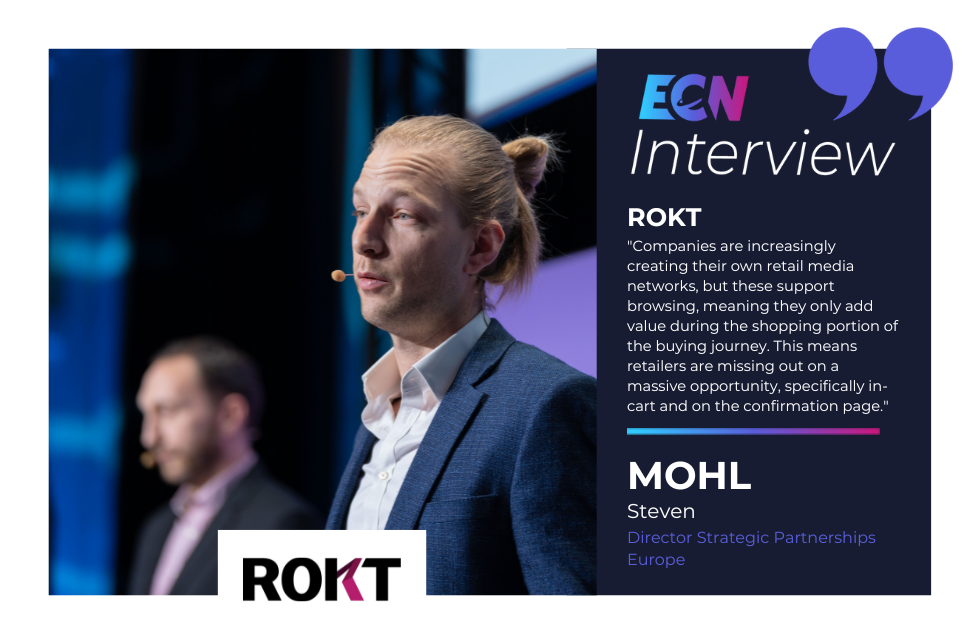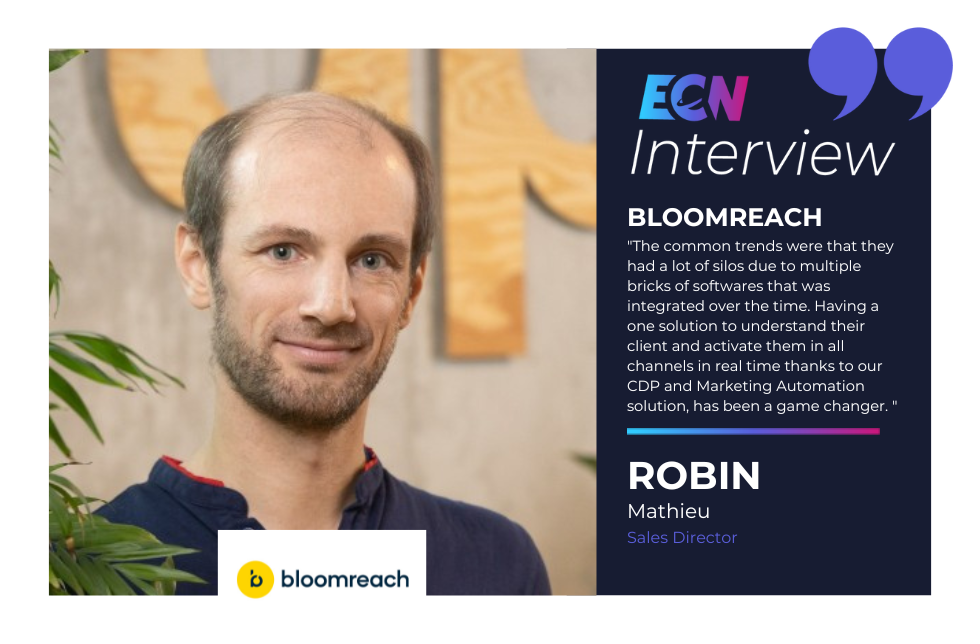Following on Seamless Asia 2019 last week in Singapore, we were able to catch up with Paula Da Silva who attended on behalf of the exhibitor, CitiXSys – iVend Retail.
Hi Paula, could you introduce yourself?
Hi, I’m Paula Da Silva, Executive Vice President of Global Partners and Alliances for CitiXsys. I’ve worked in technology throughout my career and more specifically in driving channel excellence. I joined CitiXsys in 2006 when it was a startup, and I’ve held a variety of roles and been part of building the company from the ground up into the recognisable brand and global market leader in the retail industry that it is today.
Presently, I hold responsibility for the growth and administration of CitiXsys’ global channel ecosystem, managing it from recruiting on to training and business planning. It is a concerted effort to enlarge our global footprint as a company and to ensure that we are well-placed to help our partners get the results and success that they desire. I also oversee sales operations in Asia Pacific, so my recent trip to Singapore was a great opportunity to come up to speed on the industry buzz, get that important facetime with our Channel Team in Southeast Asia.
Could you introduce CitiXsys?
CitiXsys is a provider of integrated omnichannel solutions for retail and hospitality chains worldwide. Our flagship software solution is iVend Retail, an integrated omnichannel platform that combines all of the many IT systems business is running to produce a harmonised retail ecosystem where data flows instantly and freely.
iVend Retail is about empowering retailers to provide remarkable customer experiences throughout the entire shopper and dining journey, so shoppers have a seamless experience with the brand wherever and whenever they interact.
iVend Retail is comprised of point of sale, loyalty, digital passes, analytics, and mobility solutions with out-of-the-box integrations to Sage 300, Sage X3, Microsoft Dynamics 365 Business Central, SAP HANA, SAP Business One, Magento Commerce and other common 3rd party customer-facing solutions.
What is CitiXsys purpose?
The company’s vision is to become the leading provider of software solutions for Retail and Hospitality. And, to be at the cutting edge of these industries, and continue leading and innovating in this expanding sector.
Since our solutions are accessible through a global distribution network of certified partners, so we have a dependency on VARs around the world who sell and implement our solution, and conversely, they rely on us to produce great software.
CitiXsys also partners with some of the world’s best software companies, including Microsoft with certified gold status, Sage with Rockstar ISV status, and SAP with a strategic alliance for technology, services and product development globally.
How can a retailer create an efficient omnichannel experience?
Today’s hyper-connected consumers are bound to hop between devices and channels when buying anything. Perhaps research begins online or on mobile, and then they may purchase it online straight away, or go to the shop to see in person. Or, they could begin at the shop and use your app to check the availability of an item at another location or check a competitor’s pricing while in-store.
When your sales channels aren’t linked, and your online orders don’t link up with your in-store sales, you risk losing a sale due to inaccurate inventory information and leaving the customer dissatisfied.
Integrated omnichannel is next phase of multi-channel retail, and it’s all about incorporating these different retail systems used to sell more products and improve customer fulfillment on the front-end by improving data visibility for the head office on the back-end.
An efficient integrated omnichannel experience is one where sales channels are integrated, inventory is managed in real-time from a common stock pool, products are merchandised according to valuable data insights, and the organisation has a 360-degree view of the shopper with a consolidated database of purchase history; when this all comes into harmony the customer gets the product they want, delivered how they want it, and comes away feeling positive about their interaction with your brand and sales associates.
Ultimately, integrated omnichannel retail seeks to safeguard that the user experience is bespoke and streamlined and that any touchpoint a customer interacts with along the path to purchase results in a consistent experience.
What are some of the best omnichannel techniques? Do you have some examples?
The best omnichannel techniques are those that look to maximize the in-store experience, leverage loyalty programs, and develop a 360-degree view of the customer. While in-store sales still eclipse eCommerce today, they certainly cannot be ignored and the most successful retailers are looking at how they can bring a rich data profile into store customer service.
This is where the customer data comes into play — rewarding your loyal customers via exclusive in-store experiences and elite access keeps shoppers engaged with your brand, but it goes even deeper with the ability to provide personalised service — a cornerstone of successful omnichannel strategies.
Personalisation is far more than tailoring an individual moment to each shopper’s needs; it is an opportunity to build a meaningful relationship in which the customer is rewarded for their total lifetime value.
Sales associates can also importantly leverage data to suggest complementary products that they know will resonate with shoppers, to increase average order values at the same time as enhancing the customer’s sense of value.
A good example is a retailer that hosts an up and coming designer pop-up or pop-in in store, wherein loyalty program members may be invited to a limited release showing and have first access. With the right data visibility, brands can reward loyal shoppers and maintain engagement, plus all the other important retail tools come into play wherein the invitation and entry ticket can be delivered virtually to a mobile device as a digital pass, and sales associates can process purchases from mPOS right with the customer at they browse.
Do retailers need to open E-Commerce?
Savvy retailers are aware that today’s consumers seek the convenience of multiple paths to purchase, and that opening an eCommerce store leads to increased reach, sales, and can even drive more brick-and-mortar traffic. While opening an online shop is the first step, the real victory for modern-day retailers is to integrate their offline and online operations.
eCommerce is quickly becoming a must for retailers who want to maintain relevant, but there is still no substitute for the immediacy of being able to touch and feel a product and the instant gratification of in-store purchases. That will never go away.
What we’re seeing in the market are retailers who have a basic website for online ordering, a separate points or mobile phone-based loyalty program, CRM and email marketing, social media accounts, and POS powering their brick-and-mortar offering. However, these initiatives have been adopted piecemeal over the years as new technologies become available and they just aren’t in sync. By managing each channel individually, we see retailers working twice as hard with half the effectiveness.
This is precisely why iVend Retail now offers an out-of-the-box integration to Magento Commerce, which we see as the leading eCommerce platform and having an open API platform retailers can also connect to the eCommerce solution of their choosing, however, having that connection is really what matters most. By integrating channels and having a clear view of all stock and customers across channels, connected eCommerce eliminates the hurdles between channels and creates a harmonised retail ecosystem.
Is mobile technology a real issue in today’s retail/E-Commerce business?
Most definitely! Mobile is an imperative channel for customers today, in both the online and offline space. Today’s customers have an inclination to research products and make purchases when they are on the go, at work or even visiting physical outlets, wherever they may be, the resourceful retailer is ready to capture that sale.
While mobile phones may be looked upon as an in-store nuisance, in truth, shoppers are using their devices to explore the latest fashion, compare prices and availability. Rather than view mobile device usage as a snag for the offline experience, future-ready retailers are welcoming this desire for mobile engagement, to get closer to tech-driven consumers in their shops with mobile apps, in-store WiFi, geo-marketing and coupon delivery. Beyond customers’ own devices, you’ll see more and more retail and hospitality businesses that are putting a tablet device running their mobile point of sale (mPOS) technology right into their employees hands to serve their customers far from the fixed terminal – to provide on demand service and support and sales.
mPOS platforms balance the playing field and empower your frontline manpower with the ability to bridge the gap between today’s shoppers and in-store staff. When almost every customer in your shop has either a mobile phone or other Internet-enabled device, mPOS turn mobile from a liability into an asset
What are the main KPIs you need to take account of when doing retail analytics?
When it comes to decision making, analytics are truly a retailer’s best friend. Simply put, it helps you steer away from gut decisions to leveraging data-based insights. Following are the top 5 metrics that retailers should take into account:
- Sales & Gross Margin – Arguably the most important indicator to understand what’s selling well, in which channels, stores to understand overall business health and performance.
- Stock Turns – Inventory ties up cash and you don’t want it sitting on the shelf for too long. It gets dated, it gets boring, it gets marked down.
- Average Customer Spend – Understanding how your customers buy can help retailers in segmenting their customers to better plan their sales and marketing efforts.
- Promotions – If used correctly, promotions can increase sales and margin, incorrectly they wind up costing more, for this reason clear insight into which promotions are working is key.
- Customer Retention & Satisfaction – Finally, it’s key to understand the ability of your organization to retain customers and make sure their perception of your business is positive.
What will be the following trends in the retail and E-Commerce trends?
There’s no shortage of innovation in our industry. As retailers look to near future technology, solutions that readily integrate and allow for the addition of new capabilities help put retailers ahead of the curve. Following are three important trends that will shape retail in the years to come:
Experiential Retail
The idea has been around for a while, but the concept has matured as retailers pivot to make their stores a true destination. For years, makeup counters in shopping centres have been giving demonstrations of their products by providing free makeovers to customers, today the experience encompasses limited product releases, celebrity encounters, and customised apparel. What has changed is how technology can add to these retail experiences and personalise them for customers.
Augmented Reality
AI, VR, Sales Robots, Endless Aisle, Virtual Fitting Rooms becoming increasingly mainstream, yet they’re still a surprising way to engage and delight shoppers. Retailers are exploring how technology can enhance the shopping experience, and work in harmony with the systems they already have in place.
Omnichannel as Status Quo
At this point, every leading retailer has some sort of omnichannel operation however, just having an omnichannel business isn’t enough to stay in the game – you have to excel in it. This means you have to design an IT ecosystem that enables you deliver excellent service across sales channel.





